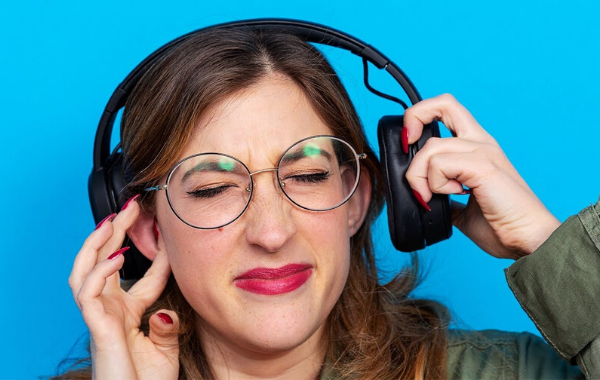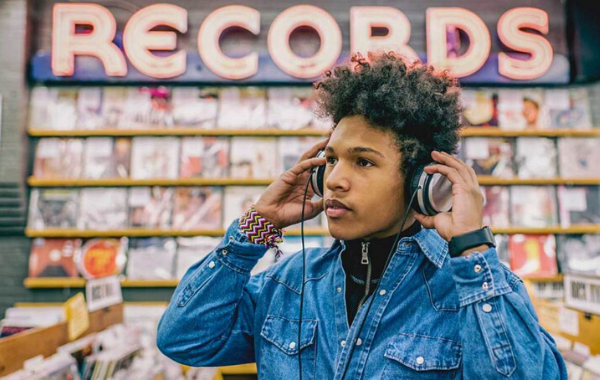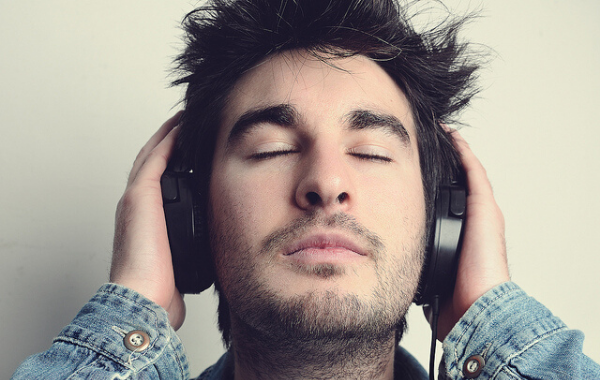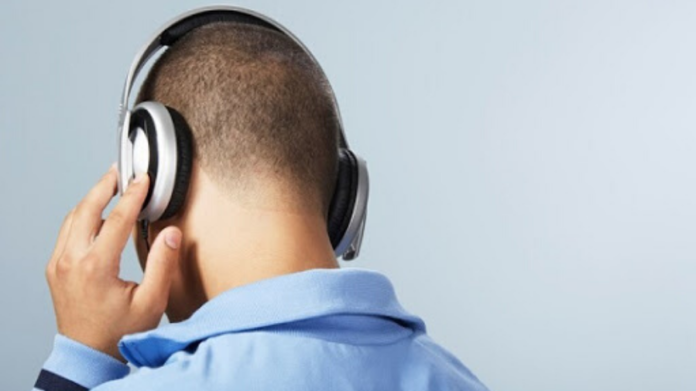Headphones and earbuds have become an important and most popular electronics that makes the audio experience better. But people often wonder whether or not headphones result in hearing loss.
It has become difficult to enjoy music without headphones. A lot of sound systems cannot handle the force of some songs, and music creators have found a way to integrate earbuds into their music. In fact, some music sounds different when you have headphones on and totally different when you do not have one on. And, typically in such case, the sound might lack depth when emerging from the speakers.
But many studies suggest that earphones can result in hearing loss. The truth of the matter is that hear loss is not necessarily caused by wearing headphones. It may be caused when you wear it too often and listen to music at a very loud sound level. In such a situation, it can irreparably hinder the ability to hear. This is a prominent concern for young individuals who listen to music too frequently and too loudly.
The danger of listening to music loudly is not a new notion. Young people have been listening to music at a high level for many years, dating back to over 40 years ago. Musicians, as well as ardent groupies, have a hard time hearing because of such practices. But, earlier people were a part of a loud concert once in a while, whereas young people are listening to loud music on a daily basis. This new lifestyle is resulting in early cases of NIHL or noise-induced loss of hearing. According to studies, hearing aids that are rechargeable have become more popular as more people lose their hearing at much younger ages than 30 years ago.
Table of Contents
How Headphones Damage the Hearing?

By channeling sound directly into the ears, headphones boost the sound quality and enable people to listen to songs in private. There are no requirements for speakers in order to play the music out loud, and there is only one listener to the sound. Vocals are more detailed, guitars sound crisper, and surround sound effects, and other elements of music are accomplished easily. While the audio quality is increased to a tremendous level, headphones also pose some significant risks.
To cancel out other sounds, the volume can be raised to an unhealthy level. We can understand the loudness level by making a small comparison. A motorcycle engine works at 100 decibels, and this is the same operating level of a chainsaw. They both are loud and harsh noises that can impact the ear and result in ringing afterward.
In this comparison, a music player playing at a volume of 70% has a decibel level of 85. These sounds are played into the ears directly, thereby reinforcing this effect. If you are on a crowded bus or an airplane, you increase the volume to make the sound of the music stand out from the noise in the background. Irrespective of the reason, you have now increased the volume to an alarming level of 90 dB.
How Can You Protect Your Ears from the Harmful Effects of Headphones?

Headphones are dangerous when you do not use them correctly. When you use headphones, make sure the volume is kept at a reasonable level. Moreover, you should also limit the use of the device as much as possible.
It is better to invest in headphones that come with good active or passive noise cancellation. By cutting out the external noise, you can play the music at a level that is safe while continuing to hear the sound clear as well as loud. Additionally, take some time during the day to enjoy quiet noise or complete silence. You can also check this guide from MedicalPrices.co.uk for more information about hearing loss.
Make sure you do not fall asleep while wearing headphones with music playing in the background.
Similar to other muscles in your body, the ear muscles also get tired when overworked and need sufficient rest. Therefore you need to take breaks when you are listening to music constantly in order to protect the ears. Avoiding longer exposure and lowering the volume, allows you to maintain a safe hearing and mitigate the risk of getting hearing problems like tinnitus and NIHL.
The Right Headphones can Help in Preventing Hearing Loss

Whether it is an online store or offline stores, the options of headphones are endless. Budget and personal preference are the two factors that primarily drive the end decision. However, with the kind of impact headphones have, protectiveness should also be a prominent consideration in the matter. Headphone sales are spiking exponentially every year; because this device has become an integral part of our day-to-day lives.
When you expose your ear to loud sounds, it kills the tiny hair cells that transfer sound signals to the brain eventually. The excessive use of headphones nowadays has concerned hearing-health specialists. According to WHO, over 900 million people across the world will have hearing loss.
It is evident that we have to make a safe choice with regard to this matter. When it comes to choosing the right headphone, you really have to evaluate your option. In case you are listening to music in a loud setting, opting for the noise-canceling headphones is the best option. These types of earphones reduce the outside noise that goes into your ears, thereby preventing the need to increase the volume. Noise-canceling headphones come in an array of options include earbuds and over the ear style. Even when the background is noisy, you can hear comfortably and clearly hear the music without any distortion.
Moreover, these headphones leverage battery-powered technology that makes necessary sound waves to cancel the noise coming from the outside. A more advanced version of noise-canceling headphones also passively restricts some sound in the way an earplug would.
Conclusion
No matter which type of earphone you choose, avoiding wrong practices is imperative to make sure your ears are safe and healthy. When you have earphones plugged in, do not exceed 80% of the volume and do not continuously listen for over 90 minutes in a day. Additionally, when you use only one earpiece, you are more likely to raise the volume for better hearing. Instead, it is better to use both the pieces and keep the volume at a safe level.












